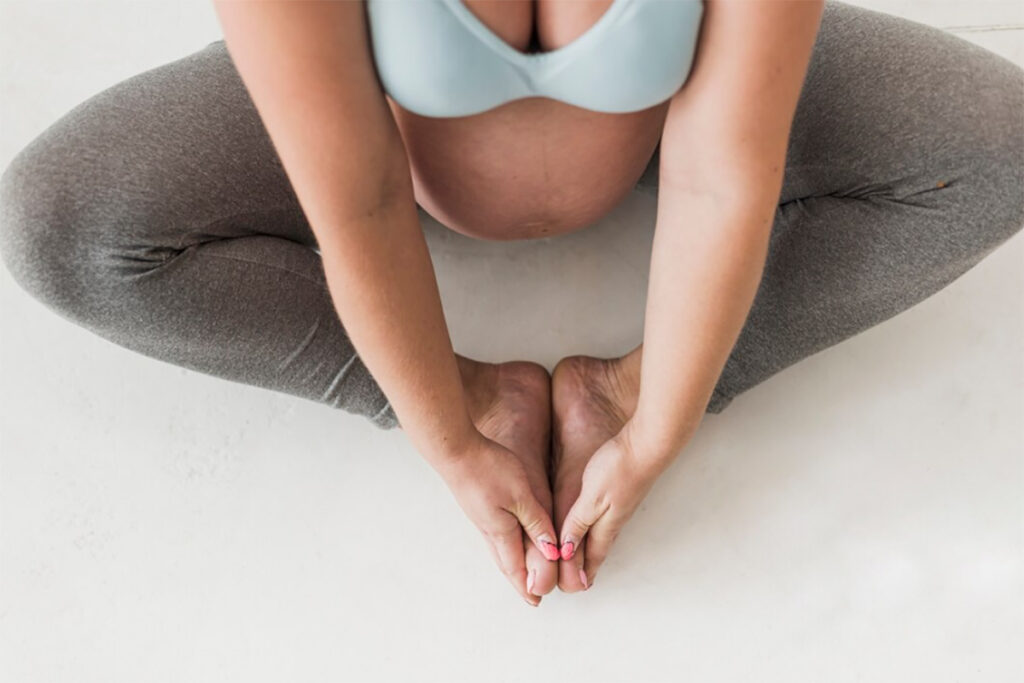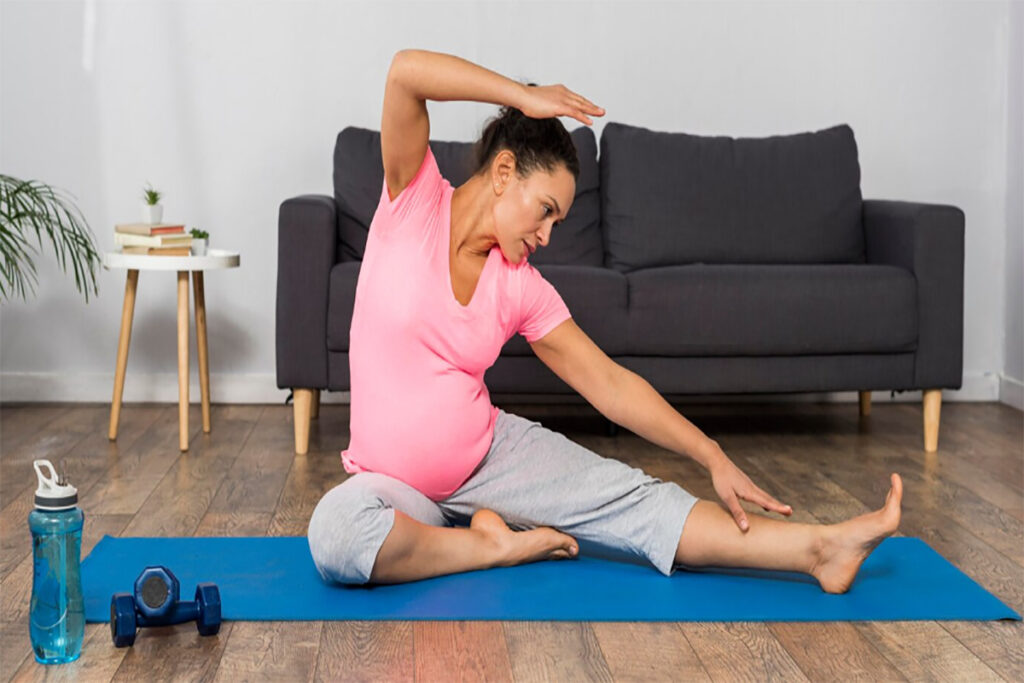Introduction
The postpartum period is a time of significant physical and emotional adjustment for new mothers. Amidst the joy of welcoming a new life, many women face challenges related to their pelvic health, a key area impacted by childbirth. Pelvic floor massage, as part of a comprehensive pelvic floor therapy program, can offer substantial benefits during this recovery phase. This blog explores how pelvic floor massage, combined with targeted pelvic floor exercises after giving birth, can support women’s postpartum recovery, addressing issues such as urinary incontinence, pelvic pain, and more.
The Importance of Pelvic Health Postpartum
Childbirth, whether vaginal or cesarean, places significant strain on a woman’s pelvic floor muscles. These muscles support the uterus, bladder, and bowel, and their weakening can lead to a range of complications, including urinary incontinence, pelvic organ prolapse, and discomfort during sexual activities (pain with sex). Addressing these issues early through therapeutic interventions like pelvic floor massage is crucial for promoting healing and preventing long-term pelvic health problems.
Therapeutic Benefits of Pelvic Floor Massage Postpartum

- Enhanced Healing: Pelvic floor massage helps to increase blood flow to the pelvic region, promoting tissue healing and reducing inflammation. This is particularly beneficial for mothers recovering from perineal tears or episiotomies.
- Relief from Muscle Tension and Pain: The gentle manipulation of pelvic floor muscles during a massage can release tension and alleviate pain. This therapy can be especially relieving for new mothers experiencing discomfort due to childbirth-related muscle strain.
- Prevention of Pelvic Organ Prolapse: By improving muscle tone and circulation, pelvic floor massage, in conjunction with pelvic floor exercises after giving birth, can reduce the risk of organs descending into the vagina, a condition known as pelvic organ prolapse.
- Improved Urinary Function: For many postpartum women, urinary incontinence can be a distressing issue. Pelvic floor massage works to strengthen the muscles responsible for bladder control, offering an effective solution to manage and improve symptoms.
- Support for Sexual Health: The postpartum period often comes with challenges related to sexual health, including pain during intercourse. Pelvic floor massage can address the root causes of this discomfort, ensuring a healthier and more enjoyable sexual experience.
Incorporating Pelvic Floor Massage Into Your Postpartum Recovery
For those seeking to incorporate pelvic floor massage into their postpartum recovery, consulting with a specialized therapist in Tulsa is a critical first step. Vitality Pelvic Health offers tailored postpartum rehabilitation programs that include pelvic floor massage and exercises, providing holistic support to new mothers on their journey to recovery. For more information or to schedule a consultation, visit our contact page to speak to a pelvic floor specialist to see if we are a good ft to help you out.
Conclusion
Pelvic floor massage offers a myriad of therapeutic benefits for postpartum women, addressing common issues such as urinary incontinence, pelvic pain, and sexual discomfort. When combined with targeted pelvic floor exercises, this therapy can significantly enhance the postpartum recovery experience. If you’re navigating the challenges of postpartum pelvic health, consider reaching out to a pelvic floor specialist in Tulsa. With the right support and interventions, it’s possible to restore pelvic health and enjoy the precious moments of motherhood to their fullest.

